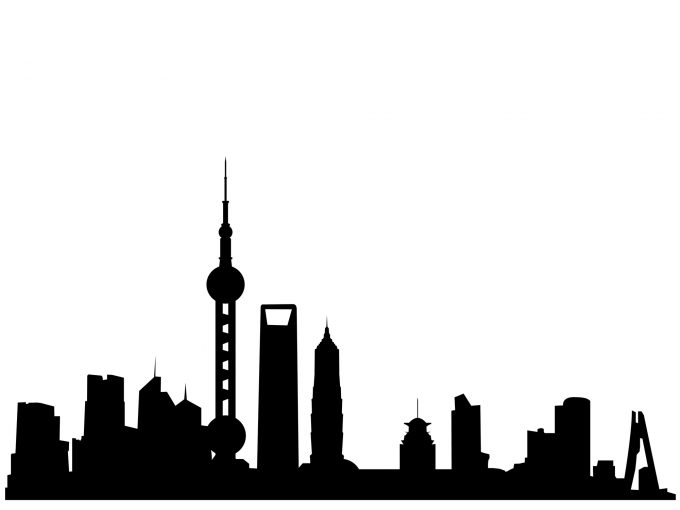Are China’s ports and shipping companies being used to spy on the world?
The growing reach of China across the global port industry is a decades-long trend that ...
FWRD: UPS AND DOWNSCHRW: NEW RECORDCHRW: BUILDING ON STRENGTHFDX: GETTING OUTAAPL: AI POWERDSV: NEOM PROJECT RISK HLAG: 'USTR RISK' HLAG: INVENTORY LEVELSHLAG: CRYSTAL BALLHLAG: CEO ON SPOT RATES IN THE CURRENT QUARTERHLAG: UNIT COST PERFORMANCEHLAG: QUESTION TIMEHLAG: SECOND HALF OUTLOOK HLAG: SPOT RATES DYNAMICS HLAG: STRONG PERFORMANCE
FWRD: UPS AND DOWNSCHRW: NEW RECORDCHRW: BUILDING ON STRENGTHFDX: GETTING OUTAAPL: AI POWERDSV: NEOM PROJECT RISK HLAG: 'USTR RISK' HLAG: INVENTORY LEVELSHLAG: CRYSTAL BALLHLAG: CEO ON SPOT RATES IN THE CURRENT QUARTERHLAG: UNIT COST PERFORMANCEHLAG: QUESTION TIMEHLAG: SECOND HALF OUTLOOK HLAG: SPOT RATES DYNAMICS HLAG: STRONG PERFORMANCE

With so much of the freight industry’s fortunes resting on the Chinese economy, it’s little surprise that we spend so much time analysing the stats and figures. The common wisdom goes that, as long as GDP growth remains at 7% or above, we’ll be alright. But can its government’s numbers be trusted? Not according to Quartz, which has derided the latest GDP figures, claims they are “manufactured” and asks why they even need to continue. “It’s a little unclear why the government, having committed itself to slowing the economy in order to embrace reform, needs these moral hazard-inducing GDP targets at all anymore.”



Comment on this article